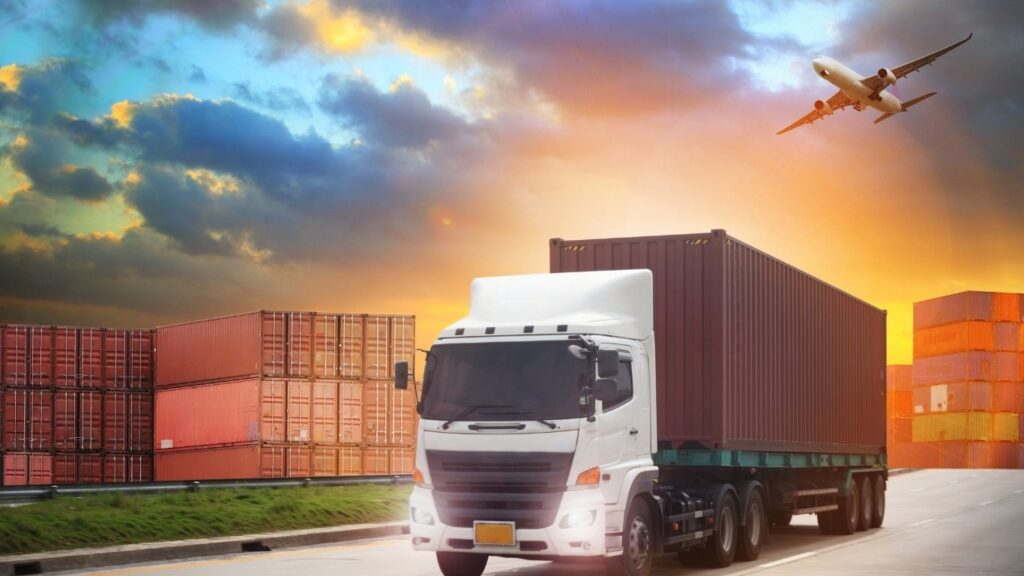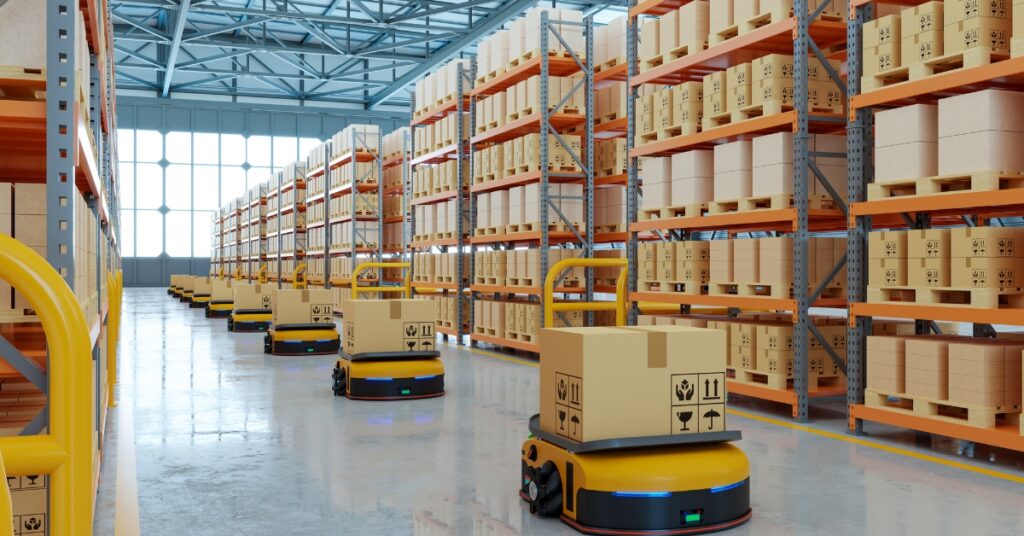Online shopping has exponentially altered the buying and selling processes. And a seamless logistics setup keeps all e-commerce companies in line. Express shipping to the fulfillment of the orders in time plays a very pivotal role in the e-commerce logistics framework wherein customer satisfaction and business growth are denoted.
This article explains e-commerce logistics, why it matters, and how businesses could improve it.
E-commerce Logistics: What Is It?
E-commerce logistics involves the process of receiving, handling, and shipping of products bought over the Web. Such processes include:
- Inventory management
- Warehousing
- Order fulfillment
- Shipping and delivery
- Returns processing
Simply put, the whole supply chain workflow set in motion by an online order, which ends up either in the hands of a customer or in a warehouse if the merchandise is returned.
How E-Commerce Logistics Matters
With a rise in demand for fast, reliable, and inexpensive delivery, the logistics will be truly the defining factor for those online retailers. Bad logistics mean delays, lost packages, negative reviews, and lost customers.
Conversely, optimizing the logistics systems would always:
- Elevate the customer experience
- Reduce delivery time
- Reduce operational cost
- Streamline returns
- Scale the business globally
Components of E-Commerce Logistics
1. Inventory management
Having the right stock in a sufficient volume that is appropriately placed to satisfy demand prevents carrying excess inventory or stock-out.
2. Warehousing
Strategically placed warehouses lessen transportation time and cost. Most e-commerce brands either use their own warehouses or rely on a third-party logistics (3PL) provider for storage and packing of their goods.
3. Order Fulfillment
Includes all processes from picking and packing goods through preparation for shipping. Increased use of robotics and automation has been implemented to speed up this process.
4. Shipping and Delivery
These include operations such as international shipping and last-mile delivery. Providing multiple shipping options-express, same day, or normal-is now considered a customer prerequisite.
5. Returns Management
Reverse logistics, which includes returning of goods efficiently and ensuring that the customer receives timely refunds or exchanges.
Challenges in E-Commerce Logistics:
- The fastest and sometimes free demand for delivery from the customers
- Return management without eating into margins
- Scaling of logistics for international or seasonal demand
- Integration among systems across sales platforms, warehouses, and couriers
- Sustainability concerns with respect to packaging and emissions
E-Commerce Logistics Trends in the Future
- AI and Automation at Warehouse Operations
- Last-Mile Delivery via Drones and Autonomous Vehicles
- Micro-Fulfillment Centers for Urban Areas
- Green Logistics to Lower Carbon Footprint
- Omni-channel Logistics for an Integrated Shopping Experience
Conclusion
E-commerce logistics is not merely about getting products from one point to another now; it is about strategic functions that determine customer satisfaction, brand loyalty, and profit margins. With online shopping on a growing spree, investing in efficient and scalable logistics solutions becomes the order of the day.
Hence, in a world where the competition in e-commerce is fast fading with time, a startup establishes itself at par with the giants, in as far as logistics strategy is concerned.
FAQs on E-Commerce Logistics
Q1: What is the real distinguishing line between e-commerce and logistics?
A1: E-commerce logistics deals with shipments that directly go to the customer’s hands, specifically with a high volume but smaller parcel shipments, which is different from traditional logistics that starts with the larger shipments to retail and distribution market.
Q2: How can logistics be managed by small players in e-commerce?
A3: Form partnerships with regional 3PL companies, integrate shipping software into their platforms, and up the ante with automated inventory management channels.
Q3: What really matters about returns in e-commerce logistics?
A4: A smooth return generates trust, reduces cart abandonment, and incites further purchases.
Q4: In what way will logistics improve customer satisfaction?
A5: Fast and reliable delivery; real-time tracking; easy-to-use return policy will enhance the value to the customer experience after purchase.



